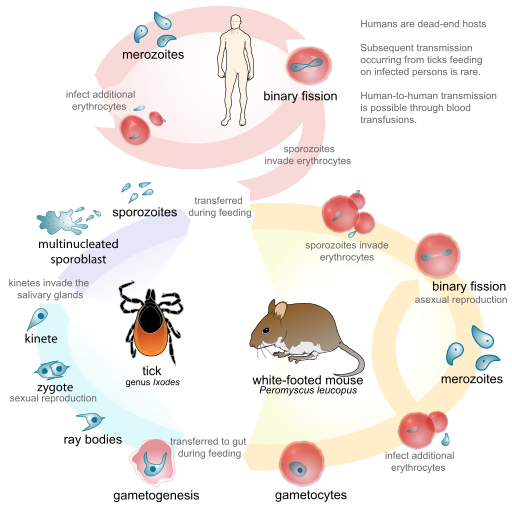Varanasi is considered the holiest of the seven holy cities in India. It is also the oldest city which is known to be continuously inhabited anywhere in the world. Earlier known as Kashi and then Benaras or Banaras, the pilgrimage center is situated on the banks of the Ganga (Ganges) the holiest of the 7 holy rivers of Hindu religion. The city is of religious importance to Jains and Buddhists in addition to being the salvation ground of Hindus. Sarnath, the place where Gautama Buddha delivered his first sermon is situated close to Varanasi. The city has seen its days of glory and also destruction at the hands of invaders. Today, it stands out in the world map as the center of Indian philosophy, spirituality, mysticism and Indian religious beliefs. Besides the temples, tourists are attracted to 84 Ghats of Varanasi where people make ablutions on the banks of the rivers.
People often travel to the city of Varanasi from all over India and the world as well since it is well connected to every place by an international airport, Railways station and national highways. It is situated at a distance of 320 km from the state capital Lucknow and 790 km from Indian Capital Delhi.
Delhi to Varanasi by Air
After the construction of Lal Bahadur Shastri Airport, Varanasi has been well connected to Delhi by air with numerous flights operating between the two cities. The Airport is situated in Babatpur at a distance of 18 km from the heart of city of Varanasi. Those who expect an easy, comfortable and quick journey to Varanasi can opt for the air travel. A daily direct flight from Varanasi to Delhi is available around the year.
The domestic terminal at the Varanasi airport has incorporated all modern techniques and is well equipped with escalators and high-tech system of handling the baggage of visitors. Due to many senior citizens and people with disability visiting the pilgrimage center, the airport has wheelchairs arrangement made to meet their requirements. In an amazing gesture, the airport authorities have special assistance provided in handling of baggage for people with special needs and senior citizens absolutely free.
Hinduism For Kids: Beliefs And Practices
An international terminal connecting the airport to international destinations has been opened in 2012. The cost of air ticket is approximately 3000/-INR for a flight between Delhi and Varanasi. Once outside the airport, there are number of prepaid taxis and auto rickshaws where spot bookings can be done to get to Varanasi. There are also buses plying from the airport to different hotels and center points of Varanasi for those who do not prefer taxis or auto rickshaws. As a bonus, tourist can shop for handicrafts, ethnic jewelry and other goodies in the airport, besides eating at the fast food joints available there.
Delhi to Varanasi by Train
Traveling from Delhi to Varanasi by train is approximately a 9 hour journey, which is the reason why many prefer overnight journey. Those who do not wish to enjoy the sights along the rail route can embark on the train from Delhi in the night and wake up in the city of destination early next morning. Most of the pilgrims traveling from Delhi to Varanasi find traveling by trains to be one of easiest, cheapest and best way of transport though one has to be careful about the thefts which have been reported often. The holy city of Varanasi is a major junction of the Indian Railways, for which tickets can be booked online and through electronic reservations.
The approximate cost of the tickets per adult from Delhi to Varanasi is
First class air conditioned coach – 2400/- INR
2 tier air conditioned coach – 1275/- INR
3 tier air conditioned coach – 825/- INR
Sleeper Class – 320/- INR
The two railway stations situated in Varanasi are the Varanasi Junction with the IRS code of BSB and Mughal Sarai Junction with IRS code MGS. Varanasi junction is located in the center of the city whereas the Mughal Sarai is at the distance of nearly 15 km from Varanasi. Many of the super fast trains traveling from Delhi to Kolkata make a stop at the Mughal Sarai railway station, which is preferred by travelers.
Delhi to Varanasi by Road
Varanasi has an excellent network of roads connecting it to different cities. It lies between the National Highway NH2 connecting Delhi to Kolkata. This is considered the convenient way to travel to Varanasi from Delhi for people preferring traveling by road which is approximately an 11 hour journey.
A number of sleeper, semi-sleeper, deluxe, AC, Volvo and non AC buses ply between the city of Varanasi and Delhi every day. The tickets can be booked online in advance through various websites. Taxi can be booked to travel between Delhi and Varanasi though it is not going to be cheap. Getting to Varanasi and back to Delhi can cost anywhere between 13,000/- INR – 18,000/- INR depending on the type of car you choose. Here’s how to book your train tickets.




